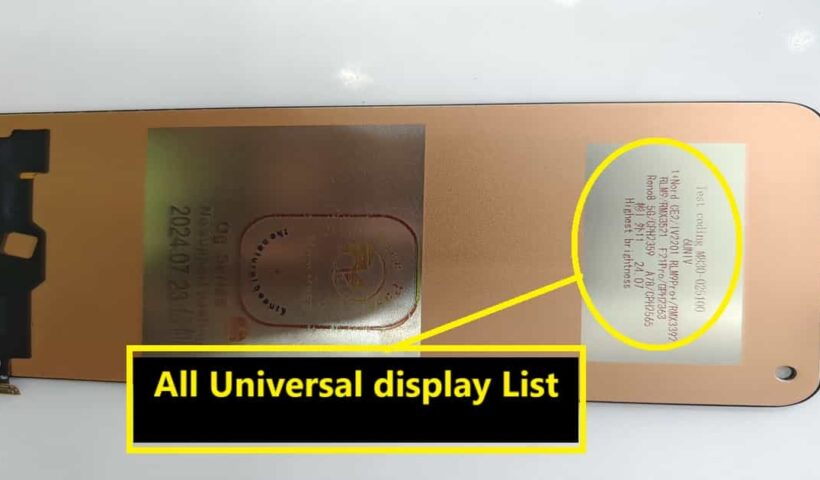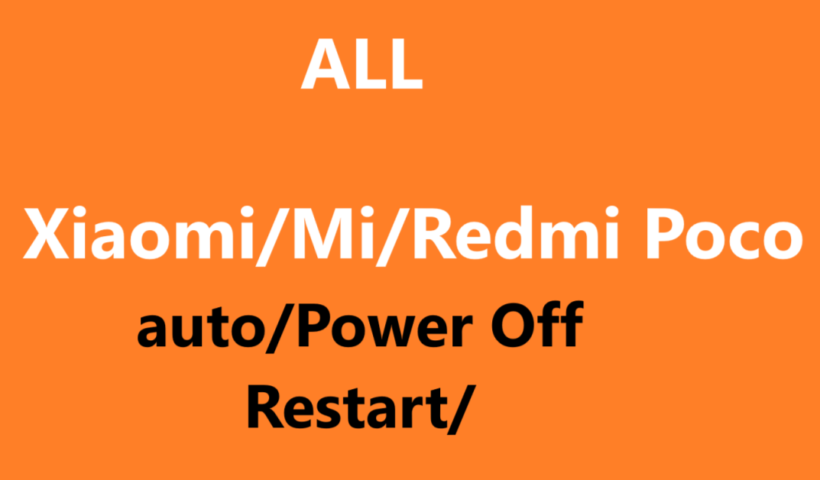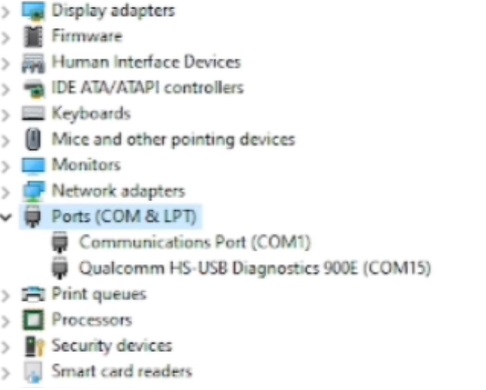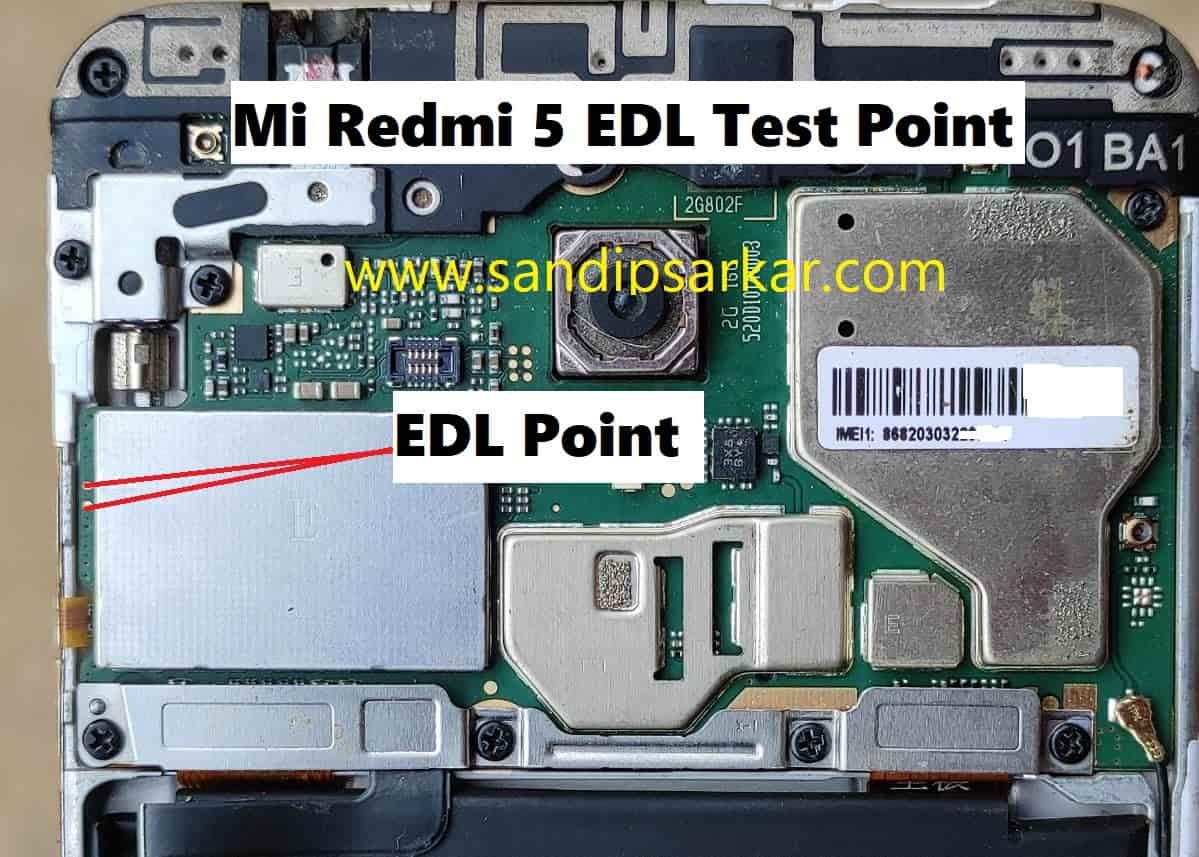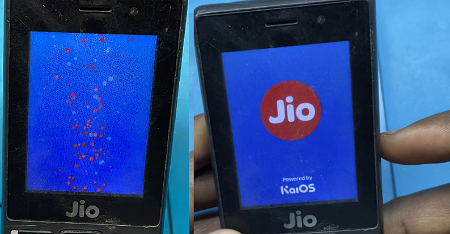What is capacitor in electronics full details
What Is a Capacitor? A capacitor is an essential two-terminal electrical component that stores energy in the form of an electric charge. While it may…
View More What is capacitor in electronics full detailsWhat is a Resistor? and Types of Resistors
What is a Resistor? A resistor is a fundamental electrical component used to control or limit the flow of electric current within an electronic circuit.…
View More What is a Resistor? and Types of ResistorsUniversal Tempered Glass List
Hello friends, today we will discuss about the universal Tempered glass of mobile phones. nowadays there are different models of different phones in the market.…
View More Universal Tempered Glass ListUniversal Display sandip sarkar
Hello friends, today we will discuss about the universal display of mobile phones. nowadays there are different models of different phones in the market. Some…
View More Universal Display sandip sarkarRealme u1 Display Light Problem Solution
Friends, today I will discuss in detail how to solve the display light problem of realme u1 phone. In this article I will discuss step…
View More Realme u1 Display Light Problem SolutionHow to Reballing Double decker ic
Double decker ic reballing full process Today we will know here how to install double decker ic of mobile phone First we will know what…
View More How to Reballing Double decker icAll Mi Phone Auto Off and Restart Problem Fix
Today guys we are going to discuss Mi (xiaomi) phone automatic restart or phone auto shut down issue and solution for this problem. Currently most…
View More All Mi Phone Auto Off and Restart Problem FixJio Phone Auto Qualcomm Diagnostic Port Fix
Qualcomm HS-USB Diagnostics 900E problem Hello friends today here we will discuss auto diagnostic port problem of Jio Qualcomm phone. This problem occurs in certain…
View More Jio Phone Auto Qualcomm Diagnostic Port FixMi Redmi 5 EDL Test Point
Today we will see where Mi redmi 5 edl test point. Before that we will know what is the function of EDL test point. We…
View More Mi Redmi 5 EDL Test PointJio Phone Slowly Power On Hang Problem Solution
Today we will discuss here how you can troubleshoot this slow startup issue of Jio Phone. First let’s know what causes this problem and then…
View More Jio Phone Slowly Power On Hang Problem Solution
